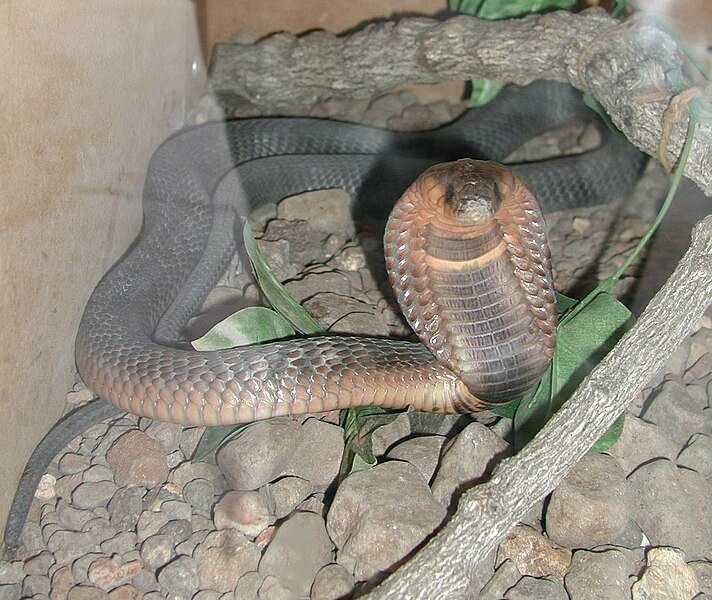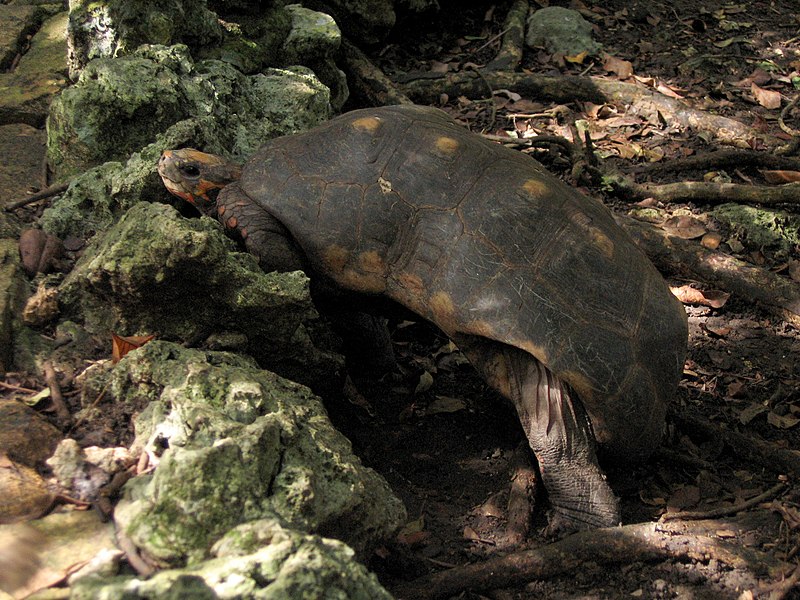 Looking much like a waterlogged root, Southeast Asia’s Tentacled Snake (Erpeton tentaculatum) is one of the few fully aquatic serpents available to pet keepers. This fascinating creature is unique among snakes in possessing a pair of scaled tentacles sprouting from its head…the function of which has puzzled herpetologists for more than a century. Read More »
Looking much like a waterlogged root, Southeast Asia’s Tentacled Snake (Erpeton tentaculatum) is one of the few fully aquatic serpents available to pet keepers. This fascinating creature is unique among snakes in possessing a pair of scaled tentacles sprouting from its head…the function of which has puzzled herpetologists for more than a century. Read More »
Category Archives: Reptiles and Amphibians in the News
Feed SubscriptionAmphibian News – Bacteria Offers Immunity against Deadly Chytrid Fungus
 A bacterium that naturally occurs on the skin of certain frogs and salamanders has been shown to protect these animals from infection by a deadly Chytrid fungus infection. Chytrid fungus, known as Batrachochytrium dendrobatidis, has been very much in the news since its discovery in 1999. It is believed to have caused the extinction of up to 200 amphibian species, and is still spreading in many countries. Read More »
A bacterium that naturally occurs on the skin of certain frogs and salamanders has been shown to protect these animals from infection by a deadly Chytrid fungus infection. Chytrid fungus, known as Batrachochytrium dendrobatidis, has been very much in the news since its discovery in 1999. It is believed to have caused the extinction of up to 200 amphibian species, and is still spreading in many countries. Read More »
Reputation Redeemed – Asp Cleared of Responsibility for Cleopatra’s Death
 A 2,000 year-old-legend holds that Cleopatra, famed last Queen of Egypt, committed suicide by allowing an Asp, or Egyptian Cobra (Naja haje), to bite her. A recent study at Germany’s University of Trier, however, has now called this story into question.
A 2,000 year-old-legend holds that Cleopatra, famed last Queen of Egypt, committed suicide by allowing an Asp, or Egyptian Cobra (Naja haje), to bite her. A recent study at Germany’s University of Trier, however, has now called this story into question.
Plant Poison or Snake Toxin?
By analyzing ancient Egyptian papyrus scrolls and a Roman historian’s account of Cleopatra’s demise, German toxicologists have concluded that a lethal mixture of plant poisons, and not a venomous snake bite, was the more likely suicide agent. Read More »
Reptile Intelligence – Red-Footed Tortoises Learn by Imitation
 Reptile enthusiasts have long known that tortoises are highly intelligent, and quickly modify their behaviors to meet new challenges. Recent work at the University of Vienna (Biology Letters, March, 2010) has broken new ground in this area. Red-Footed Tortoises (Geochelone carbonaria) have provided us with the first example of “social learning by imitation” in a reptile.
Reptile enthusiasts have long known that tortoises are highly intelligent, and quickly modify their behaviors to meet new challenges. Recent work at the University of Vienna (Biology Letters, March, 2010) has broken new ground in this area. Red-Footed Tortoises (Geochelone carbonaria) have provided us with the first example of “social learning by imitation” in a reptile.
Learning by Doing
In the experiment, a hungry Red-Footed Tortoise was presented with a dilemma – in order to reach its food bowl, the tortoise needed to negotiate a screen barrier. After a great many unsuccessful attempts to reach the food, the tortoise learned to walk out of the maze and go around the barrier to retrieve its reward. Read More »
Study Hints at Global Snake Population Decline
A recent review of studies involving 17 populations of 8 snake species, including Ball Pythons, Asps, Rhinoceros Vipers and Gaboon Vipers, has raised the alarming possibility that steep declines may be in progress in many countries. While it is too early to draw conclusions, this news is disturbingly similar to the origins of the global amphibian decline first uncovered in 1990.
Ominous Findings
The most frightening aspect of the study is the fact that unrelated snake species in widely varying habitats and locations (Italy, Nigeria, France, Australia) were involved. Some of the largest declines – 90% in several cases – were recorded in protected areas. Much like the extinction of the Golden Toad, which disappeared from a pristine cloud forest in Costa Rica, these mysterious declines point to causes that are difficult to identify and remedy. Read More »
 That Reptile Blog – Reptile, Amphibian and Exotic Pet Care and Information
That Reptile Blog – Reptile, Amphibian and Exotic Pet Care and Information
